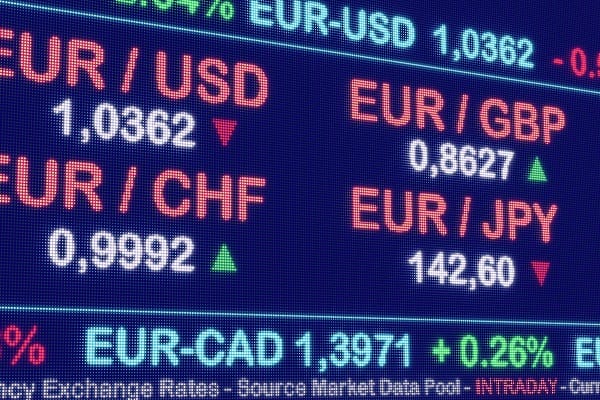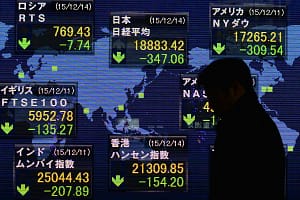Traders know that the difference between seizing an opportunity and missing out on a big trade can hinge on timing a trade’s execution.
The experts at FOREX.com analysed global trading patterns combined with survey insights collected from experienced traders, to uncover the most popular and opportune times for executing trades.
The first hour of the trading day is the most favoured time to execute trades globally, across all asset classes, according to the survey results.
Traders with the most experience are most likely to trade in the first hour of the day, while those with under 10 years prefer the last hour of the trading day.
Forex traders were found to have an inclination towards the first hour of the trading day above the traders of all other asset classes.
 Across all asset classes, the first hour of the trading day emerges in the survey data as the most favoured time to execute trades globally. This preference holds true for traders dealing in equities, commodities, foreign exchange, and bonds. Meanwhile, the period after lunch but before the last hour of the trading day is the least preferred time for trades among all asset classes, with only 16% of traders selecting this timeframe.
Across all asset classes, the first hour of the trading day emerges in the survey data as the most favoured time to execute trades globally. This preference holds true for traders dealing in equities, commodities, foreign exchange, and bonds. Meanwhile, the period after lunch but before the last hour of the trading day is the least preferred time for trades among all asset classes, with only 16% of traders selecting this timeframe.
Long-term traders, whose preferred trading timeframe spans weeks to months, are more inclined to execute trades during the first hour of the trading day. This aligns with the broader global trend, where most traders, irrespective of the asset class traded, favour the initial hour for trade execution.
Experience also appears to influence the timing of trades significantly. Traders with over 10 years of experience are most likely to trade in the first hour of the day, while those with 5 to 10 years of experience display a preference for the last hour of the trading day, with a notable aversion to trading after lunch but before the final hour.
Examining various asset classes, Forex traders were found to have an inclination towards the first hour of the trading day – 38% prefer this time for executing most of their trades. Additionally, FX traders are least likely to trade after lunch but before the last hour, suggesting a focus on early opportunities.
Michael Boutros, Senior Technical Strategist at FOREX.com said, “Aside from the daily timing patterns, traders should also consider seasonal trends. For example, the holiday season might see reduced trading volumes and increased market volatility, presenting unique opportunities for risk-aware traders.
“Additionally, geopolitical events and economic indicators can create fluctuations in global markets, demanding cautious and strategic decision-making.
“Diversification remains a cornerstone of successful trading. By spreading investments across various asset classes and geographies, traders can mitigate risks associated with market fluctuations. It also provides the flexibility to adapt to different time zones and take advantage of favourable trading hours in diverse regions.”






Leave a Comment